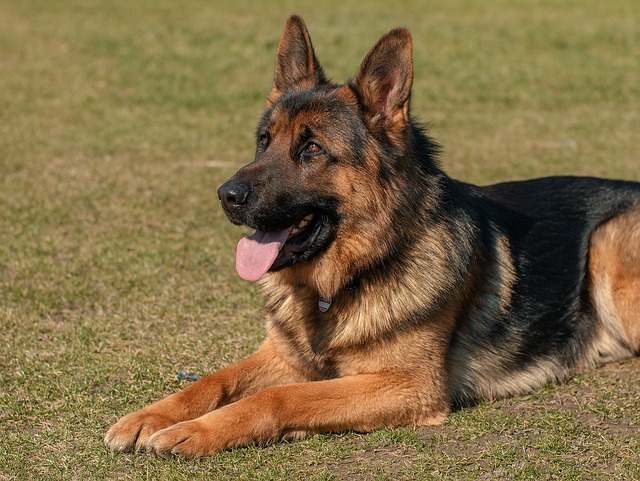
Can I shave my German Shepherd husky mix?
Lots of owners eye the thick double coat of their German Shepherd husky mix when summer hits, wondering if a shave will keep the dog cooler.
Most dogs come home from dental cleaning feeling a little groggy, with sore gums that make chewing hard. Skip dry kibble for the first 24 to 48 hours—even the small pieces can irritate tender mouths. Instead, opt for wet dog food warmed slightly to enhance aroma; dogs often eat more when food smells familiar, especially after anesthesia.
Check your local area’s pet food regulations too. Some regions in the EU and US require specific labeling for therapeutic diets, which might be recommended if your vet found gum disease during cleaning. Avoid homemade meals with garlic, onions, or excessive salt—these are toxic to dogs and could also violate local pet nutrition guidelines that prioritize balanced, vet-approved options.
Soft, mashed alternatives work well beyond wet food. Cooked, plain sweet potato mashed with a little unsweetened pumpkin is gentle on gums and high in fiber, supporting digestion that might be off after anesthesia. Just make sure portions are small; overfeeding soft food can lead to weight gain since it’s often more calorie-dense than dry kibble.
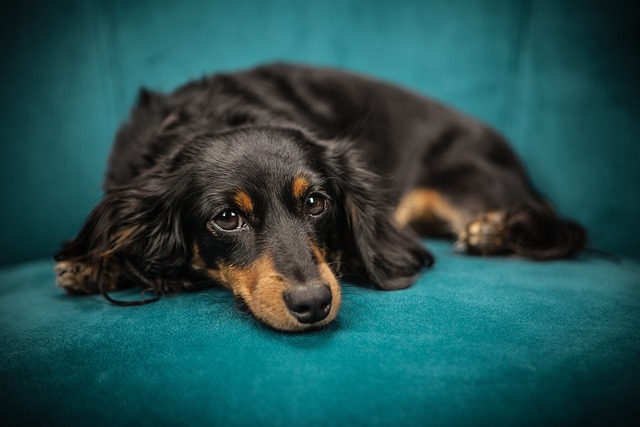 Introduce dry food back slowly after the first two days. Start by soaking kibble in warm water or low-sodium broth until it’s soft, then gradually reduce the liquid over a week. This transition prevents sudden discomfort and helps your dog adjust without straining their healing gums. If your dog resists, try mixing in a spoonful of their favorite wet food to encourage eating.
Introduce dry food back slowly after the first two days. Start by soaking kibble in warm water or low-sodium broth until it’s soft, then gradually reduce the liquid over a week. This transition prevents sudden discomfort and helps your dog adjust without straining their healing gums. If your dog resists, try mixing in a spoonful of their favorite wet food to encourage eating.
Monitor your dog’s eating habits closely during this time. Contact your vet if they refuse food for more than 24 hours, drool excessively, or have blood in their saliva—these could be signs of complications from the cleaning. Also, avoid giving treats like rawhides or hard biscuits until your vet confirms gums are fully healed; hard treats can damage new tissue.
Remember, dental cleaning recovery isn’t just about food—it’s part of long-term oral care. Once your dog is back to normal eating, stick to regular teeth brushing (with dog-specific toothpaste) and annual dental checkups. Many areas have laws requiring pets to receive routine veterinary care, including dental exams, to prevent the spread of zoonotic diseases that can come from untreated oral issues.
By the end of the first week, most dogs will be back to their usual eating routine. The key is patience: rushing the transition to dry food or giving inappropriate treats can prolong discomfort. Following your vet’s advice and local pet care guidelines ensures your dog stays healthy and happy, both during recovery and for years to come.

Lots of owners eye the thick double coat of their German Shepherd husky mix when summer hits, wondering if a shave will keep the dog cooler.
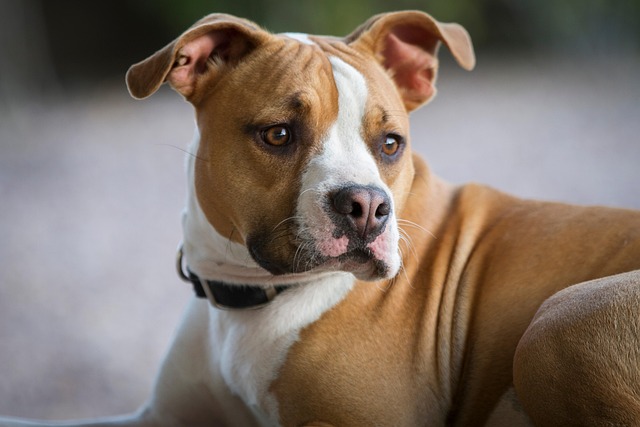
That brown, crusty buildup around your dog’s eyes—tear stains—isn’t just a cosmetic issue; for many pups, it signals an underlying problem, like allergies, blocked tear ducts, or even gut imbalance.
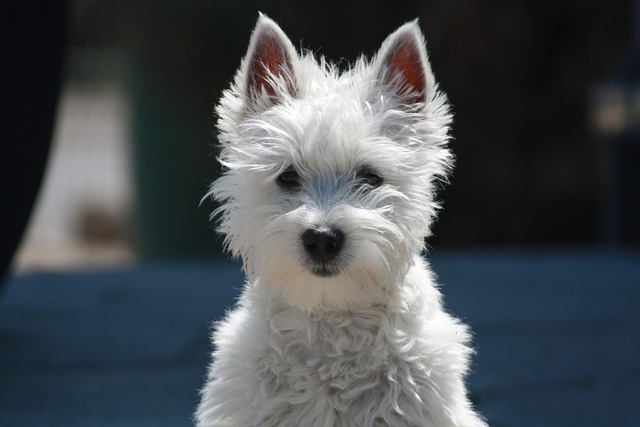
Stubborn tear stains on dogs can make even the fluffiest pups look a little unkempt, and many owners struggle to banish them without irritation.
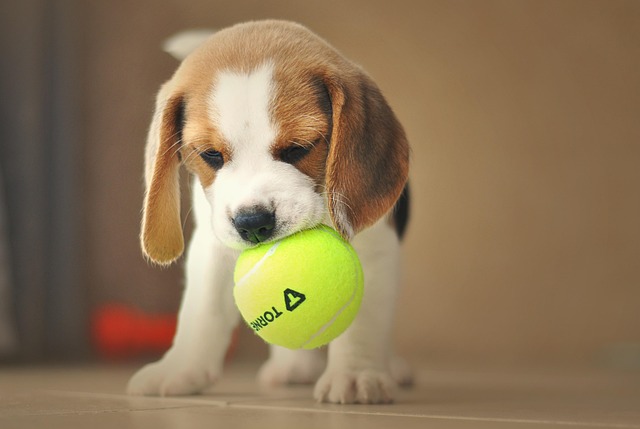
Even the most beloved pups can pick up stubborn odors—whether from rolling in grass after a walk in the park, digging in the backyard, or just regular daily activity.
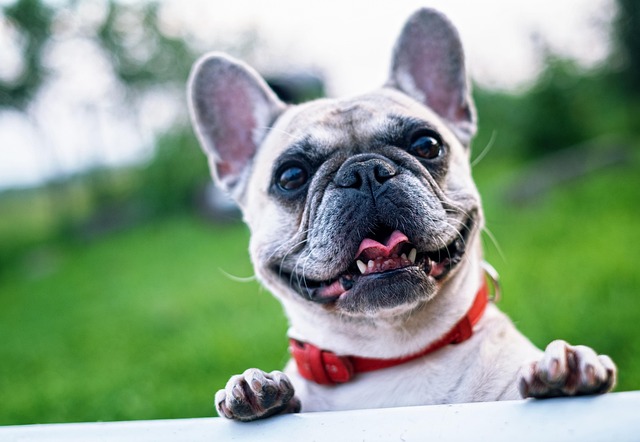
A shiny coat and healthy skin aren’t just about making your dog look great—they’re signs of overall wellness that every pet parent should prioritize.
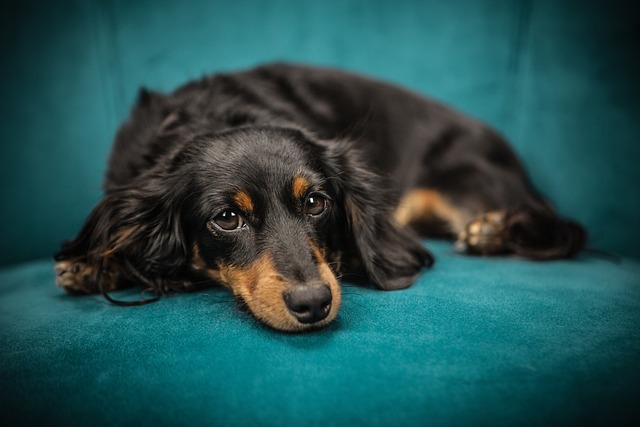
Most dogs come home from dental cleaning feeling a little groggy, with sore gums that make chewing hard. Skip dry kibble for the first 24 to 48 hours—even the small pieces can irritate tender mouths.